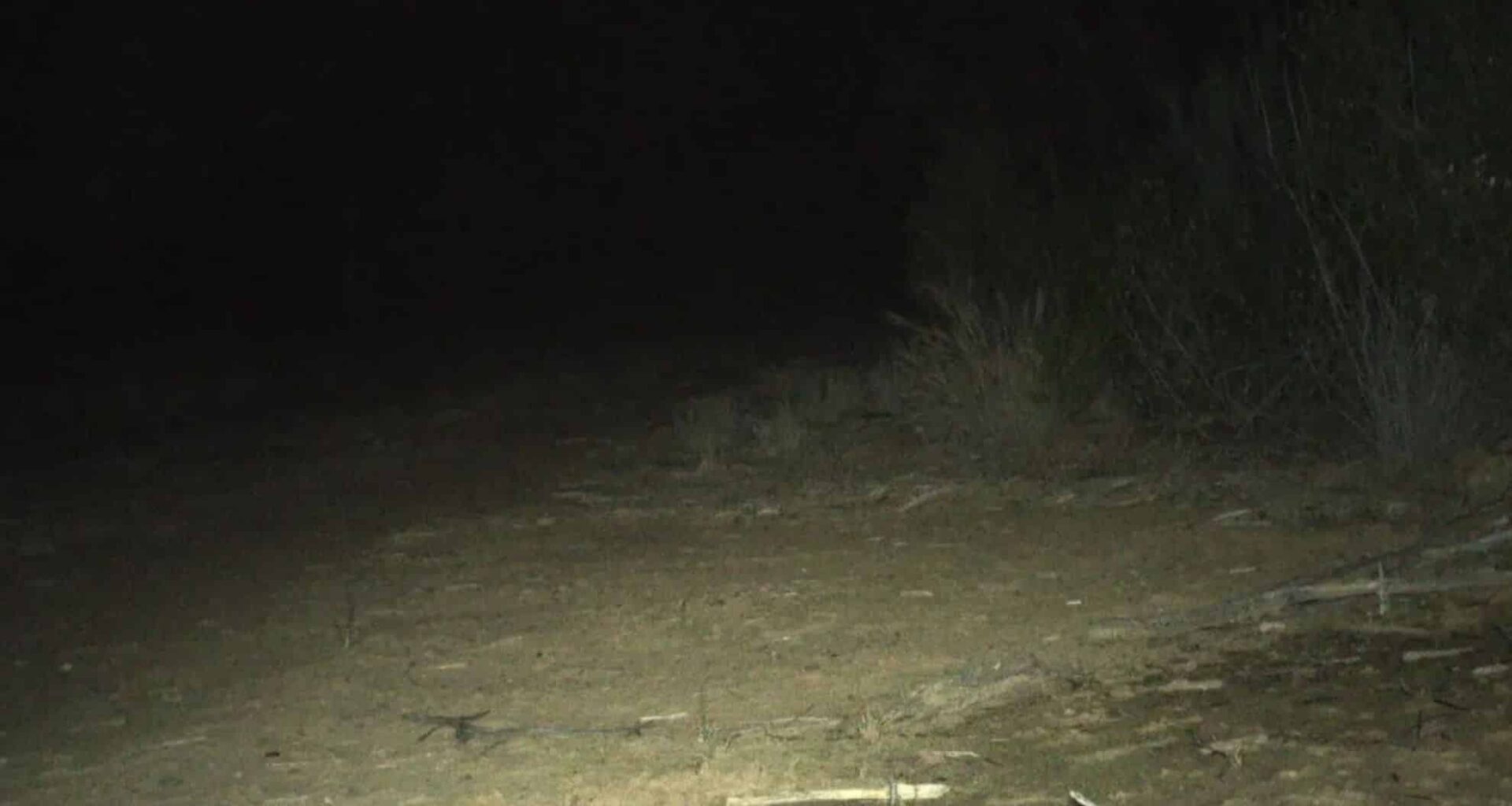In an inspiring conservation story, ecologists in Australia have recently observed a Shark Bay bandicoot family in a remote conservation area, a sight that has been rare since the species was considered locally extinct for over 150 years. The discovery came through a trail camera set up by the Australian Wildlife Conservancy (AWC) in the Pilliga State Conservation Area, which is located about 260 miles northwest of Sydney. This sighting marks a major milestone in the ongoing restoration efforts for the Shark Bay bandicoot and could have broader implications for conservation efforts across the region.
The Shark Bay bandicoot, also known as the western barred bandicoot or marl, was decimated by predators like foxes and feral cats after being introduced to Australia. However, the AWC’s active relocation program has been instrumental in bringing this species back from the brink of extinction. In August 2023, 66 bandicoots were relocated 1,800 miles from Shark Bay in Western Australia to the Pilliga State Conservation Area. These efforts have been closely monitored by the AWC, and the discovery of a family of bandicoots thriving in this new environment is a hopeful sign for the future of this species.
Discovery of a New Bandicoot Family
Ecologists reviewing thousands of motion-sensor camera images were taken aback when they stumbled upon an unexpected and heartwarming sight: “a female bandicoot with three young at foot,” as detailed in a July 15 news release from the Australian Wildlife Conservancy. This moment represents more than just a simple wildlife observation—it marks a significant recovery for a species that had been absent from the region for more than a century and a half.
The fact that the female bandicoot is raising her young in the wild suggests that the population is not only surviving but also actively reproducing. “Aside from being completely adorable, it gave us great confidence that the bandicoots are breeding and that the population in the Pilliga is growing,” said Duffin, a lead ecologist involved in the restoration efforts. This sighting is a testament to the success of the AWC’s rewilding program, which focuses on creating predator-free environments for species that had previously vanished from the region.
The Shark Bay bandicoot’s story is especially significant as it highlights the larger conservation goals of the AWC. With ongoing monitoring and support, the goal is to ensure that these creatures can thrive and multiply without the threat of introduced predators. This sighting is seen as a strong signal that the bandicoot population in the area is on a positive growth trajectory.

Image credit: AWC
A Glimmer of Hope for Conservation Efforts in Australia
The Pilliga State Conservation Area serves as a critical sanctuary for species that have been pushed to the brink of extinction due to human activity and the introduction of non-native species. This area is part of a larger initiative by the Australian Wildlife Conservancy to restore six locally extinct mammal species across New South Wales, all within specially designated feral predator-free zones. These efforts have shown initial signs of success, with the Shark Bay bandicoot being one of the most high-profile examples of how thoughtful relocation and ecosystem management can work together to reverse the effects of historical human impact on wildlife.
The AWC’s strategy goes beyond simply reintroducing these species; it also involves comprehensive monitoring and habitat restoration to ensure long-term success. With the Pilliga providing a safe and secure environment for the bandicoots, their breeding success is an encouraging sign for other species that could benefit from similar conservation methods.

Future Challenges and Conservation Goals
Despite the promising discovery of a bandicoot family, the work is far from over. The Shark Bay bandicoot remains a vulnerable species, and continued efforts are required to maintain and expand the habitat for these animals. The Pilliga State Conservation Area is a crucial part of these plans, but larger-scale strategies will need to be implemented if the species is to be fully restored in the wild. The AWC has made great strides, but the challenges ahead include monitoring the health of the population, preventing the reintroduction of predators, and ensuring the bandicoots’ environment continues to meet their needs.
The successful reproduction of the bandicoots in the area signals that these goals are within reach, but it is critical that the conservationists maintain vigilance. The next few years will be pivotal in determining whether the Shark Bay bandicoot can truly become self-sustaining in the wild once again. With continued effort, the Pilliga State Conservation Area may serve as a model for similar projects across Australia and the world.

